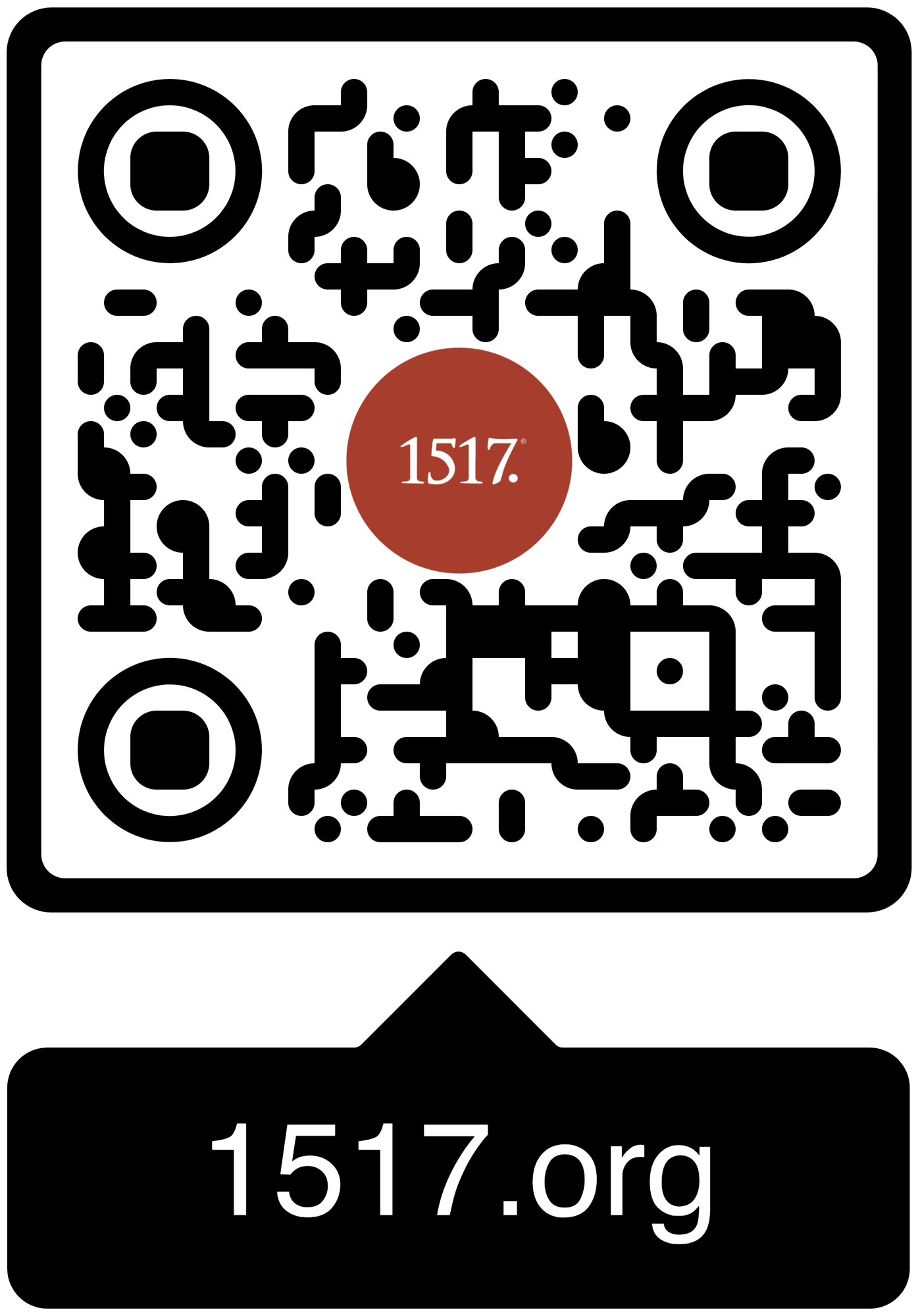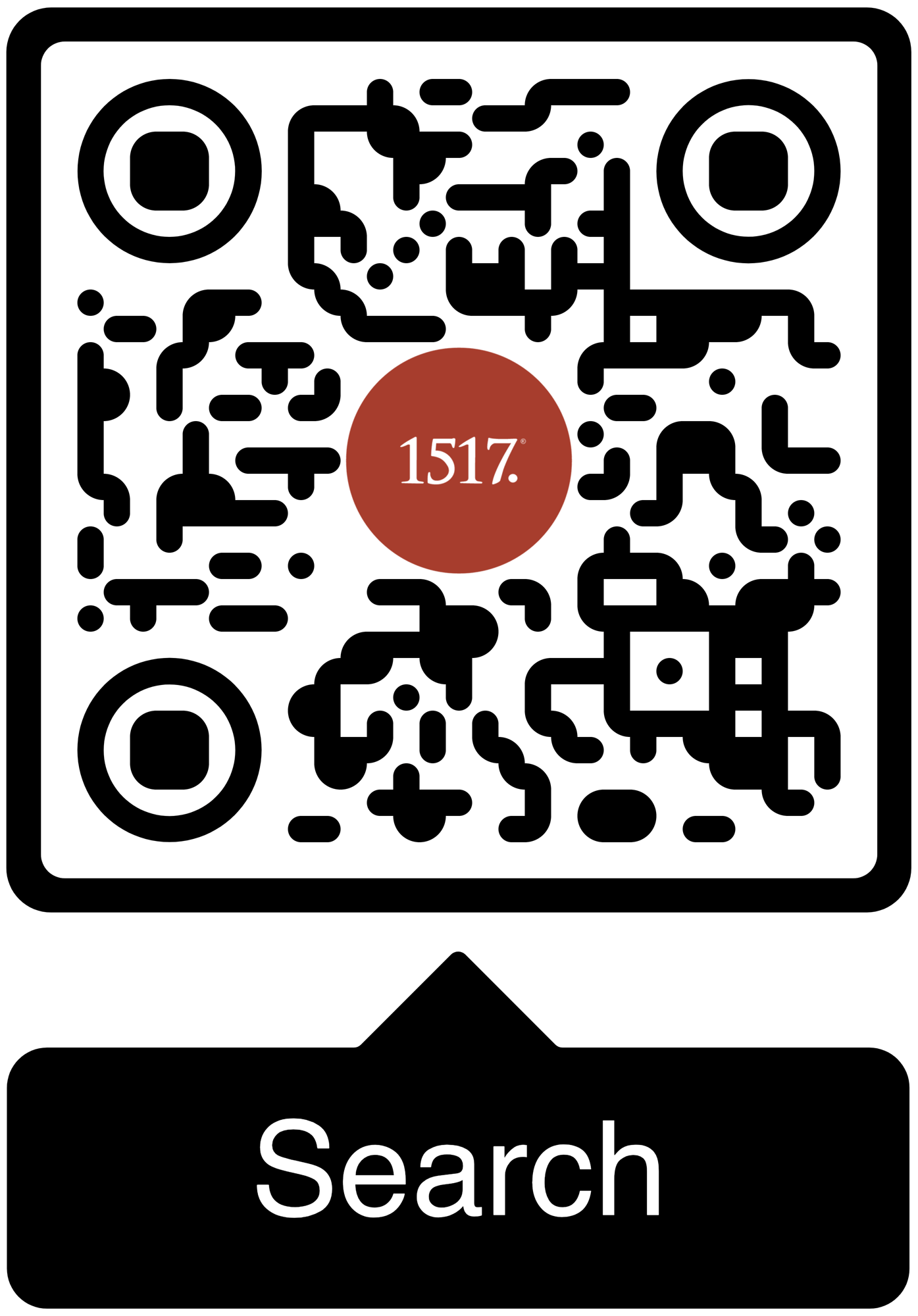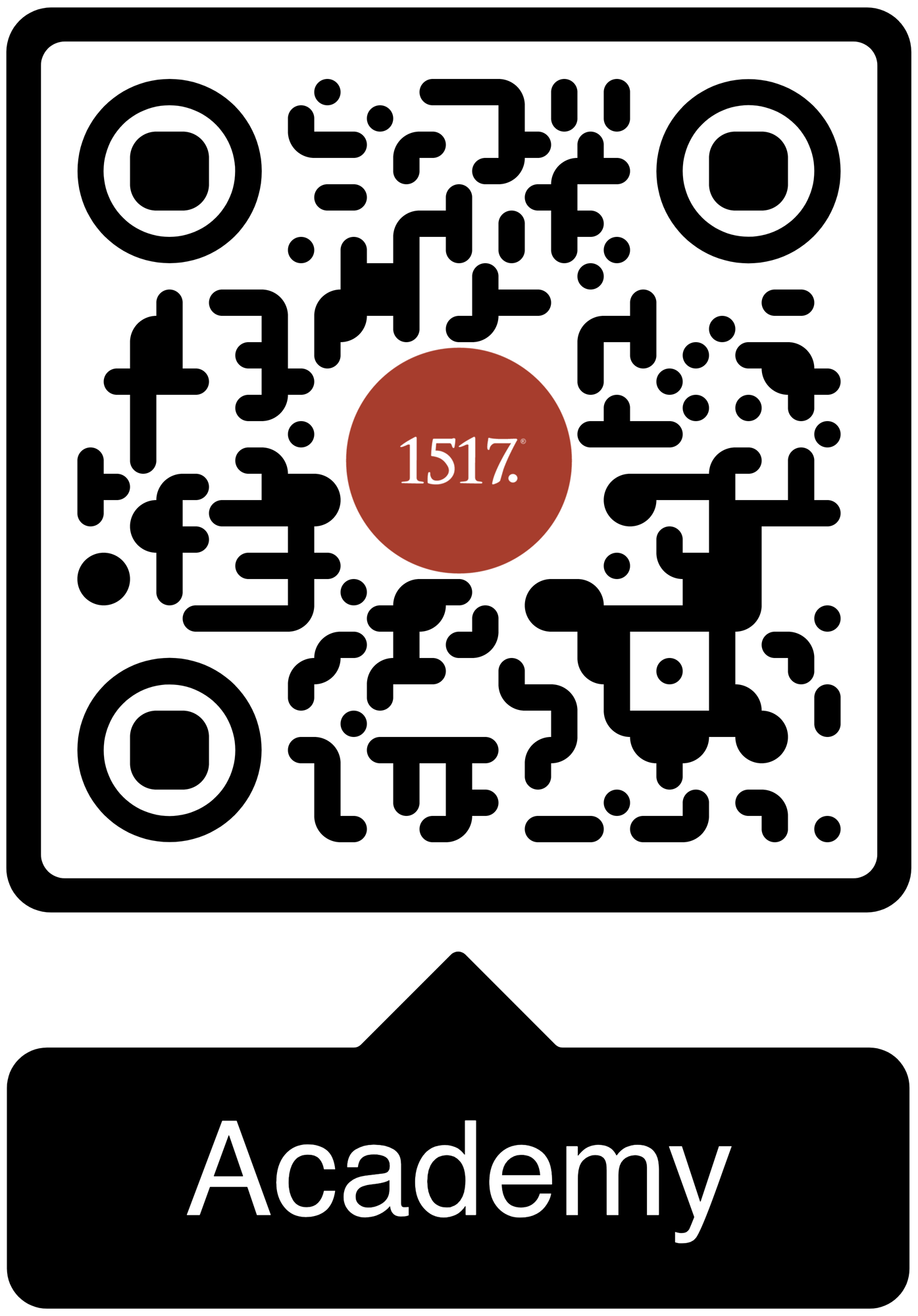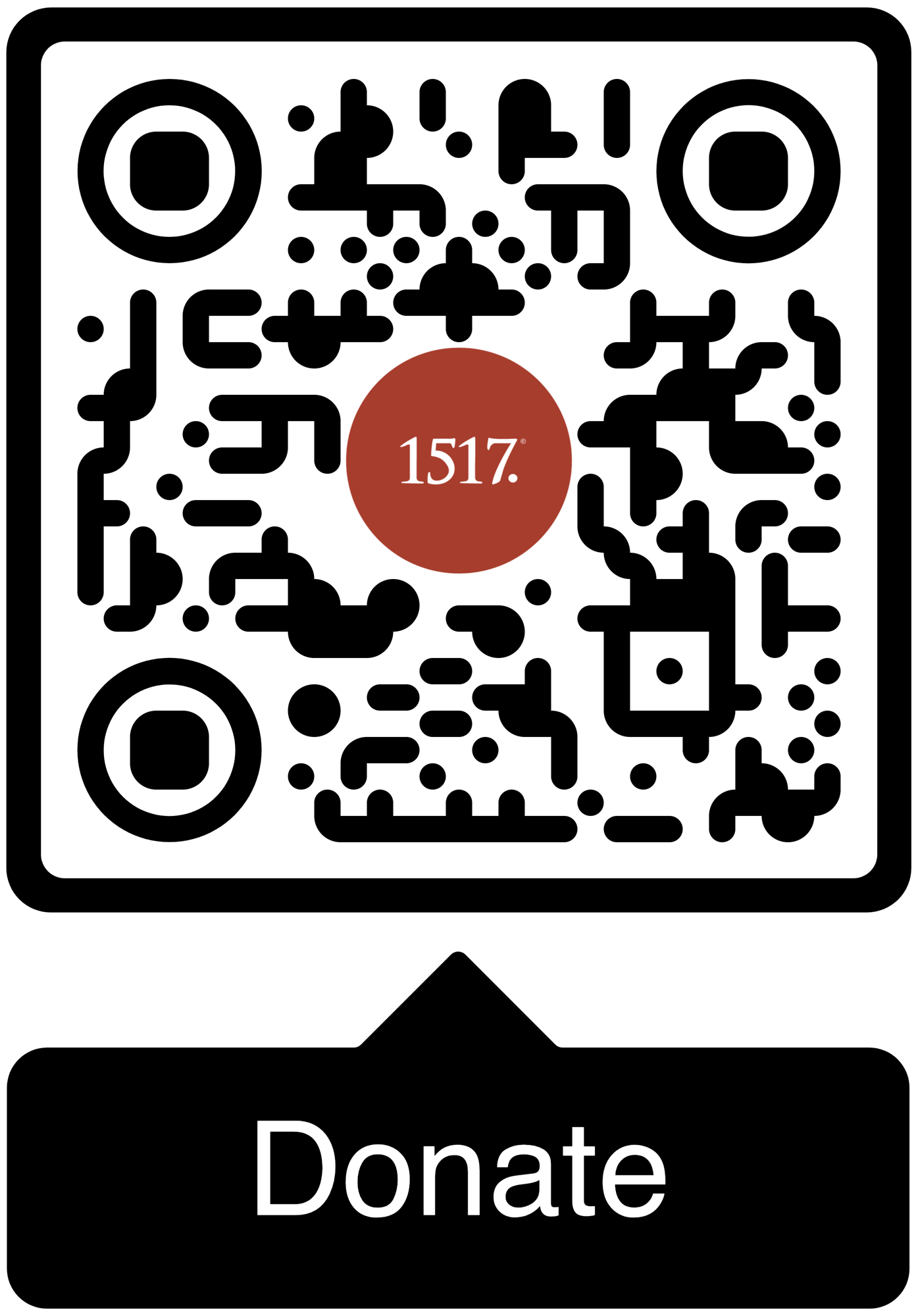Every sinner can trace their salvation back to this moment when the Savior was born in accordance with the Word of God so that all of God’s words would be realized.
12/25/25
Christmas is not for remembering, thinking, pondering, trying to make sure you are really celebrating it properly, or for wondering whether you truly have faith.
12/25/25
Merry Christmas, Christ has spoken, and his verdict stands.
All Articles
Author
- All Authors
- 1517 Guest Contributor
- 1517 Publishing
- 1517 Staff
- A. A. Just Jr.
- A.J. Vega
- Aaron Boerst
- Adam Francisco
- Adam Stetson
- Amy Mantravadi
- Andrew Foss
- Anthony DiLiberto
- Blake Flattley
- Bob Hiller
- Bob Sundquist
- Bonnie Petroschuk
- Brad Soenksen
- Bradley Gray
- Brandon Hanson
- Brandon Pangman
- Brennan Manning
- Brian W. Thomas
- Bror Erickson
- Bruce Hillman
- C.S. Lewis
- Caleb Keith
- Chad Bird
- Charles E. Fry
- Christopher J. Richmann
- Cindy Koch
- CJ Armstrong
- Craig Donofrio
- Dan Chrismer
- Dan van Voorhis
- Dan Weber
- Daniel Deen
- Daniel Emery Price
- Daniel Stenberg
- David Clay
- David Rufner
- David Schmitt
- Debi Winrich
- Delwyn Campbell
- Dominick Santore
- Donavon Riley
- Edward Killian
- Elyse Fitzpatrick
- Erick Sorensen
- Gage Jordan
- Gerhard Forde
- Grant Klembara
- Greg Koukl
- Gretchen Ronnevik
- Haroldo Camacho
- Hermann Sasse
- Jacob Corzine
- Jacob Smith
- Jake Allstaedt
- Jared C. Wilson
- Jason Lane
- Jason Lang
- Jason Oakland
- Jay Sawrie
- Jeff Mallinson
- Jeffrey Pulse
- Jenifer Mohan
- Jessica Delgado
- Jessica Thompson
- Jim Nestingen
- Joel Fitzpatrick
- Joel Hess
- Joey Goodall
- John Bombaro
- John Bortulin
- John Chrysostom
- John T. Pless
- John W. Hoyum
- John Warwick Montgomery
- Jonathan Ruehs
- Jordan Spina
- Joshua Miller
- Justin Rossow
- Karen Stenberg
- Kathy Morales
- Katie Koplin
- Kelsi Klembara
- Ken Sundet Jones
- Kerri Tom
- Kevin Hale
- Kevin McClain
- Kyle G. Jones
- Larry D. Hughes
- Laura Bauer
- Luke Kjolhaug
- Magnus Persson
- Mariah Coward
- Mark Jasa
- Mark Mattes
- Mark Pierson
- Martin Luther
- Matt Johnson
- Matt Kroelinger
- Matt Popovits
- Matthew L. Rubinstein
- Michael Berg
- Michael Gibney
- Nicholas Hopman
- Nicholas Kallis
- Norman Nagel
- Paul Dunk
- Paul Koch
- Pete Lange
- Peter Nafzger
- Philip Bartelt
- Raleigh Sadler
- Rick Ritchie
- RJ Grunewald
- Robert Farrar Capon
- Robert Kolb
- Rod Rosenbladt
- Roland Ehlke
- Ron Hodel
- Russ Lackey
- Ryan Couch
- Ryan Matthias
- Ryan Stevenson-Cosgrove
- Ryan Tinetti
- Sam Leanza Ortiz
- Sam P. Schuldheisz
- Sarah Crowder
- Scott Davis
- Scott Keith
- Scott Landrum
- Seth Moorman
- Steve Byrnes
- Steve Kruschel
- Steven A. Hein
- Steven Paulson
- StoryMakers NYC
- Tanner Olson
- Tate Barber
- Ted Rosenbladt
- Travis Scholl
- Tyler Cronkright
- Uwe Siemon-Netto
- Valerie Thur
- Wade Johnston
- Walter Hwang
- Wayne Sender
- Zack James Cole
03/30/21
I can look at all of my failings and foolishness because I know who Christ is for me. I rest in his wisdom and life not my own.
03/28/21
Each day gives us occasion to die to our sinful identities of all kinds and to live out a life in Christ’s footsteps as children of God.
03/28/21
Golgotha is the point where not only Mary and John’s family life assumed a new character, but it is the point of orientation for all human community that uses the cross to straighten out the lives of individuals turned in upon themselves.
03/28/21
The cross does not remain on a hill far away. It pursues us into the valleys, the ravines, the crevices in which we get trapped as we wander in search of a fixed point for our lives.
03/28/21
Like the women who came despite their questions, your hearers will gather despite their uncertainties, and they will be looking for a word of honest hope.
03/28/21
In the resurrection Jesus transcended time, space, and death; those things which limit human existence. So, the stone was not rolled away for Jesus, but for the disciples and for us.
03/28/21
This is the feast, the banquet to end all banquets. The LORD God is the maker and provider of this great feast which takes place for the resurrected faithful in the courts of Heaven.
03/26/21
The truth is we’ve always mixed up the roles of penitent and priest.
03/24/21
This is an excerpt from Vocation: The Setting for Human Flourishing written by Michael Berg (1517 Publishing, 2021). Now available for preorder.
03/23/21
The true liberty that Christ gives to us through the gospel is not political. It is spiritual freedom. It is freedom from fear of God's judgment and wrath.
03/21/21
Undue Protestant antipathies toward Mary have muted not only her place in redemption history and its necessary connection to Christology, but also the virtue of virginity.
03/21/21
Jesus is not just another king in the line of David—this is the new King David! Hosanna in the highest!
1517 is a Christian non-profit (501(c)3) multi-media organization. Our mission is to declare and defend the Good News that we are forgiven and free on account of the death and resurrection of Jesus alone.





1517 grants permission for our free online resources to be printed, photocopied, and otherwise used freely for private and church use. We require that authorship and source (1517.org) are referenced and maintained. These resources may not be sold or included in any publications for sale.


